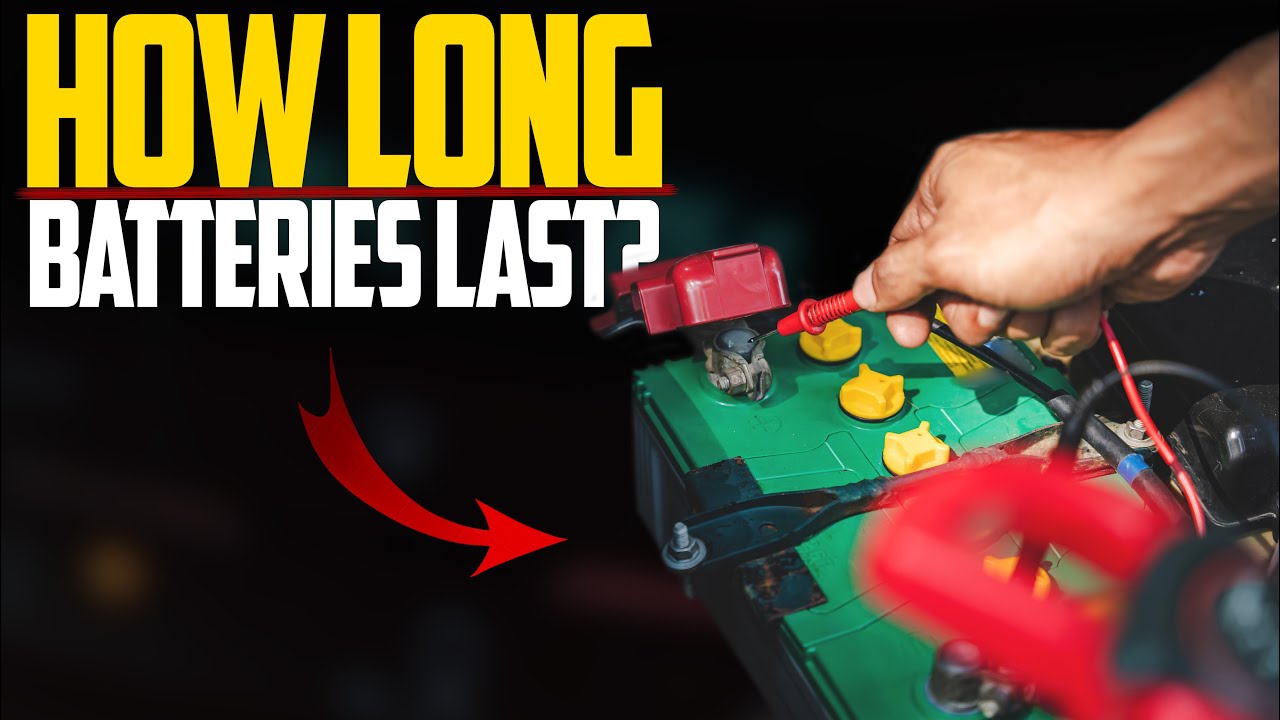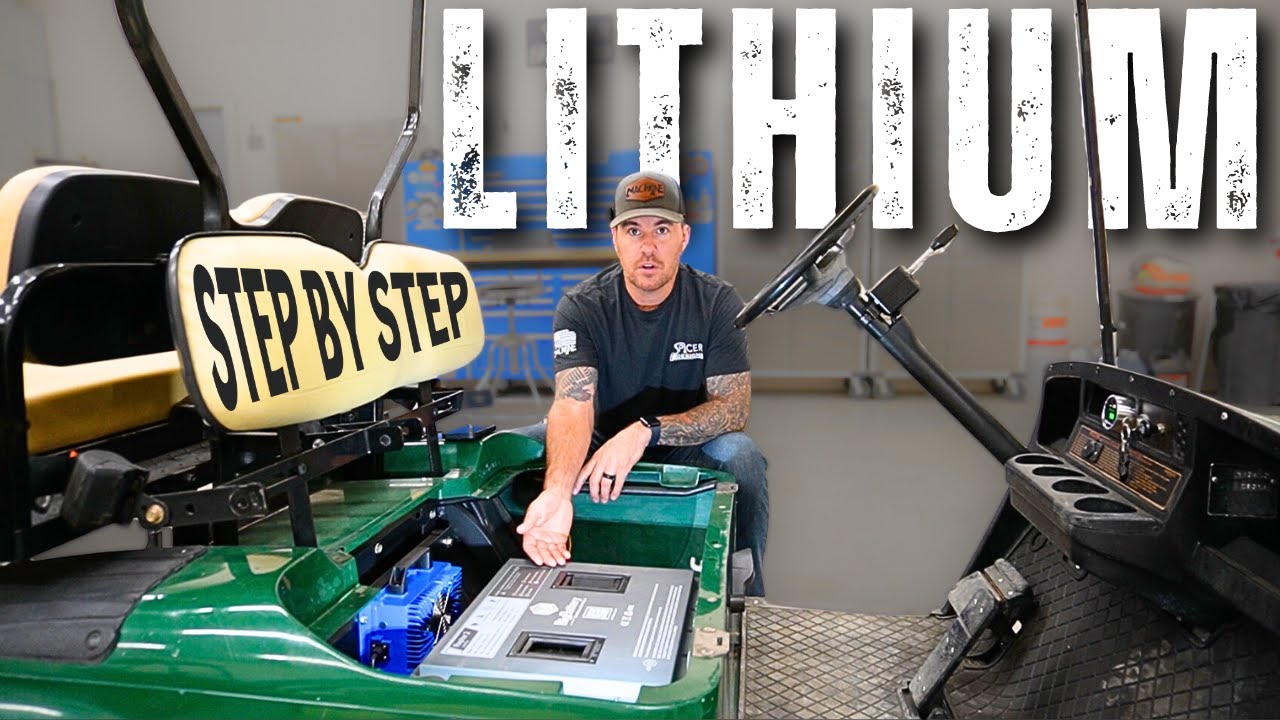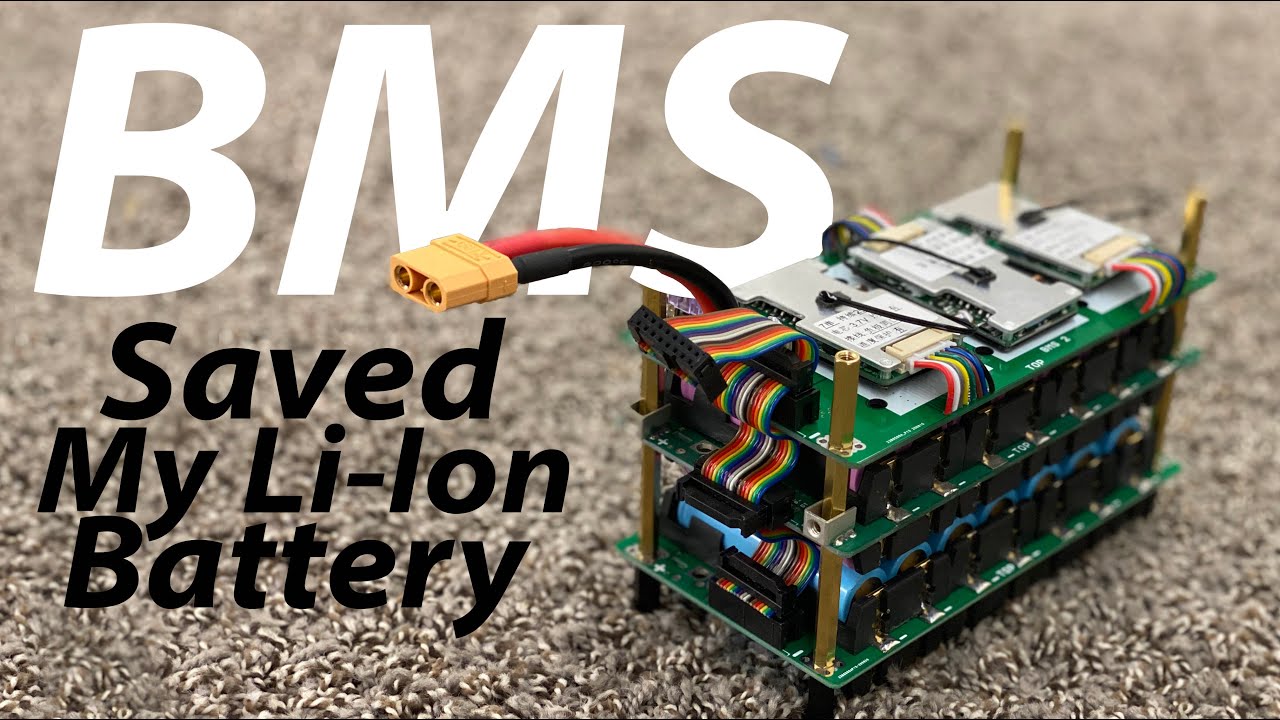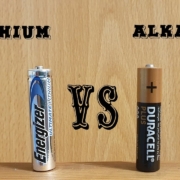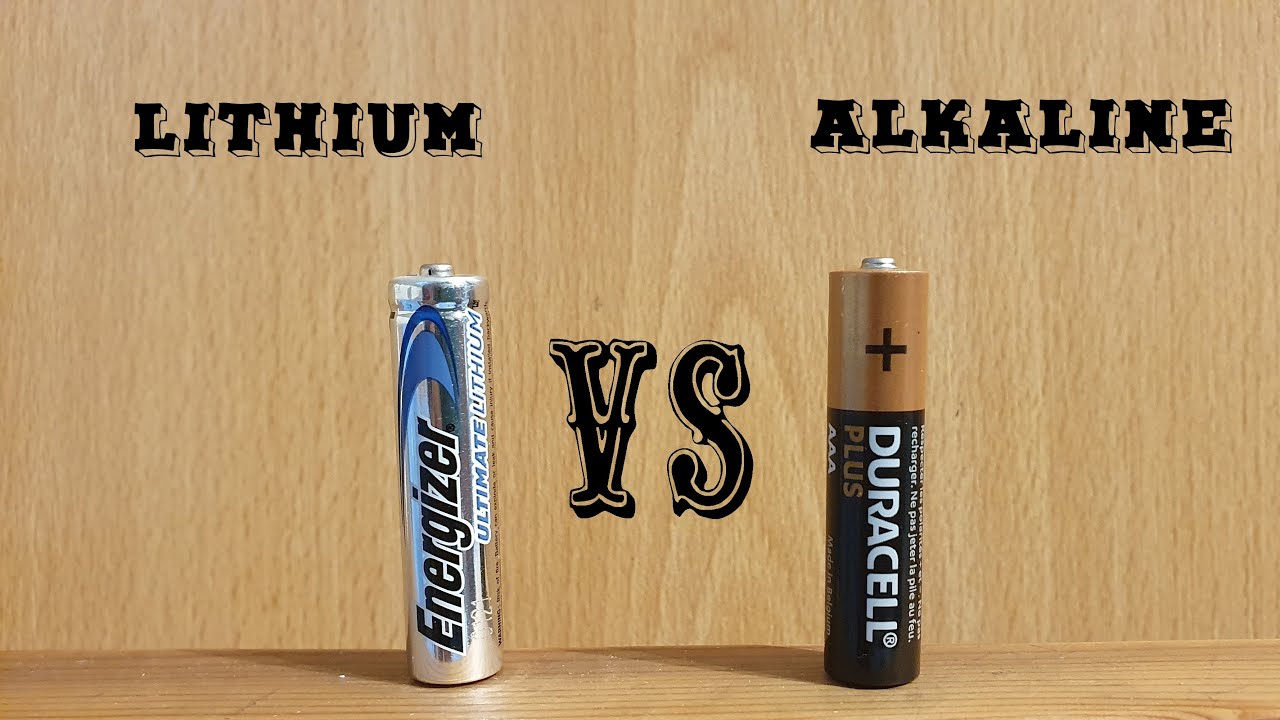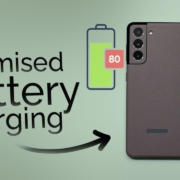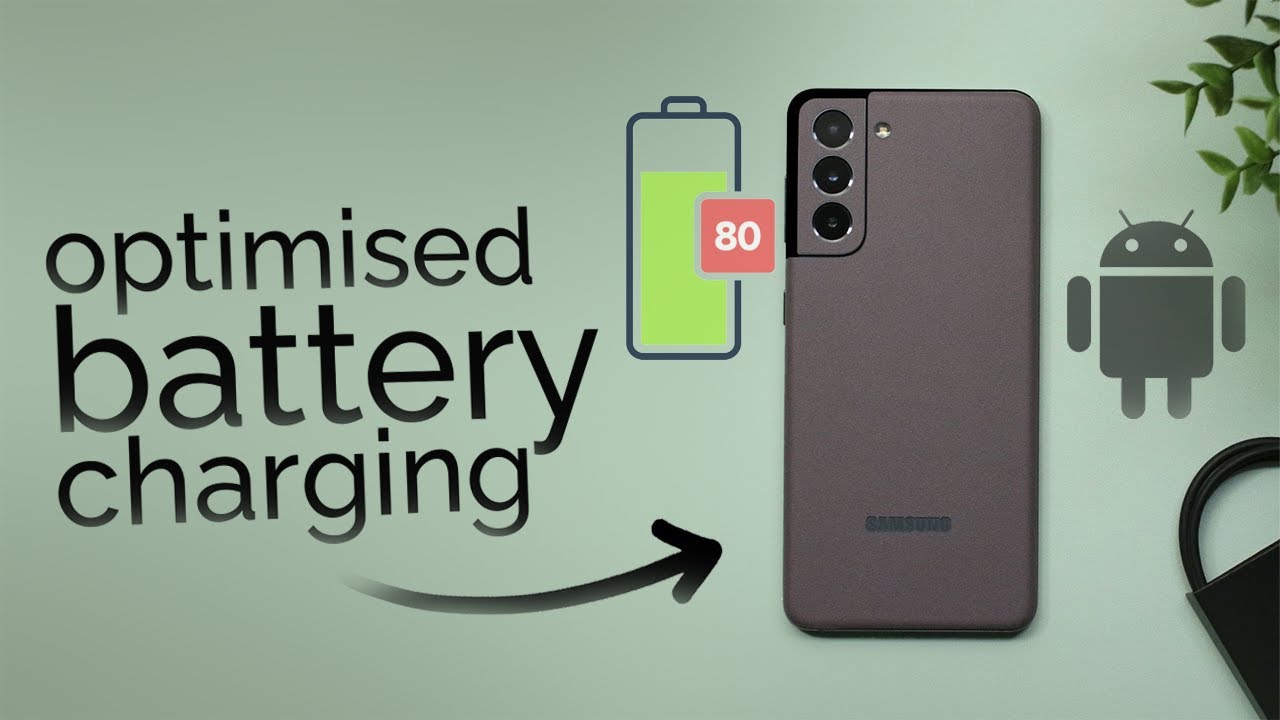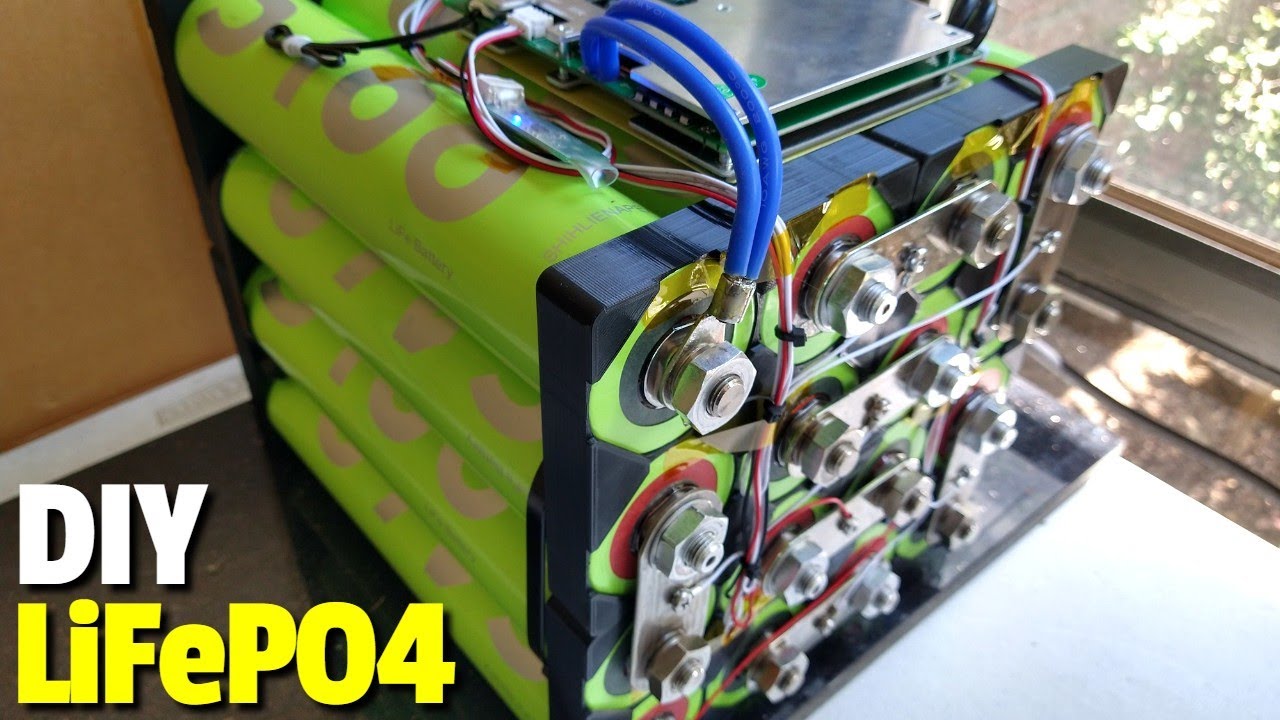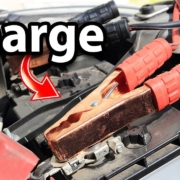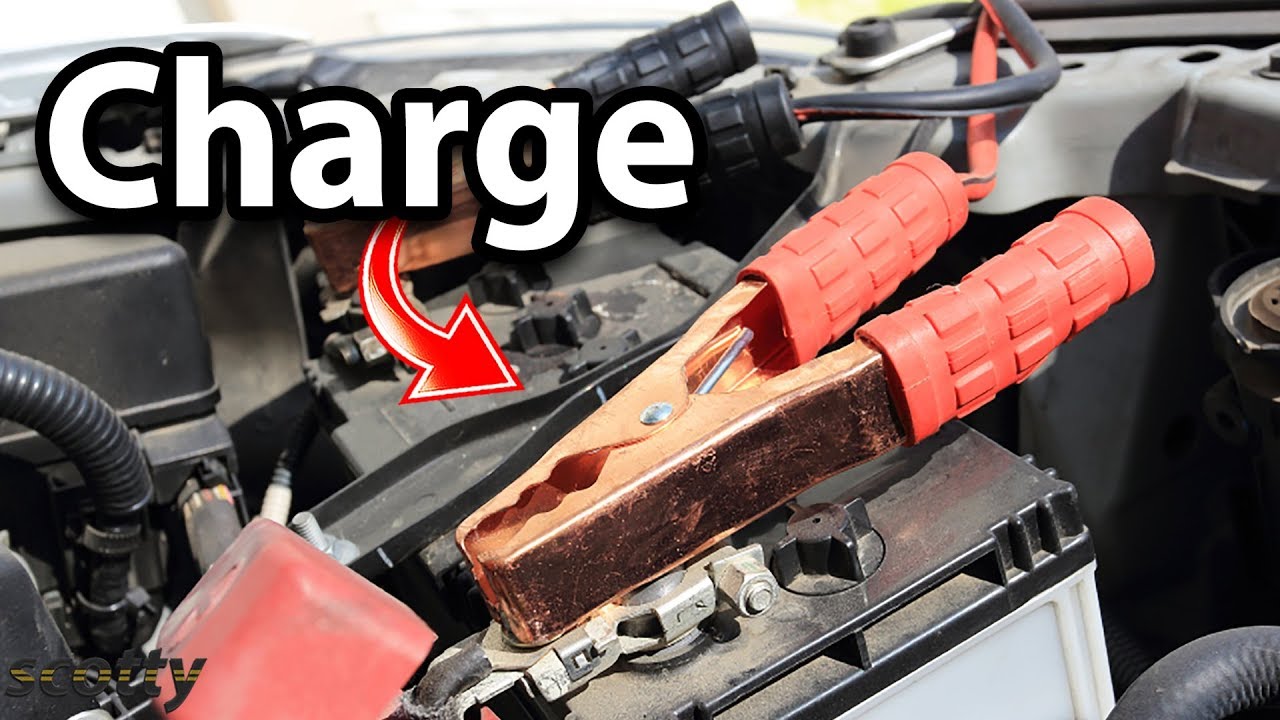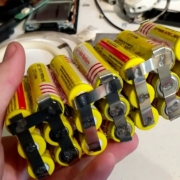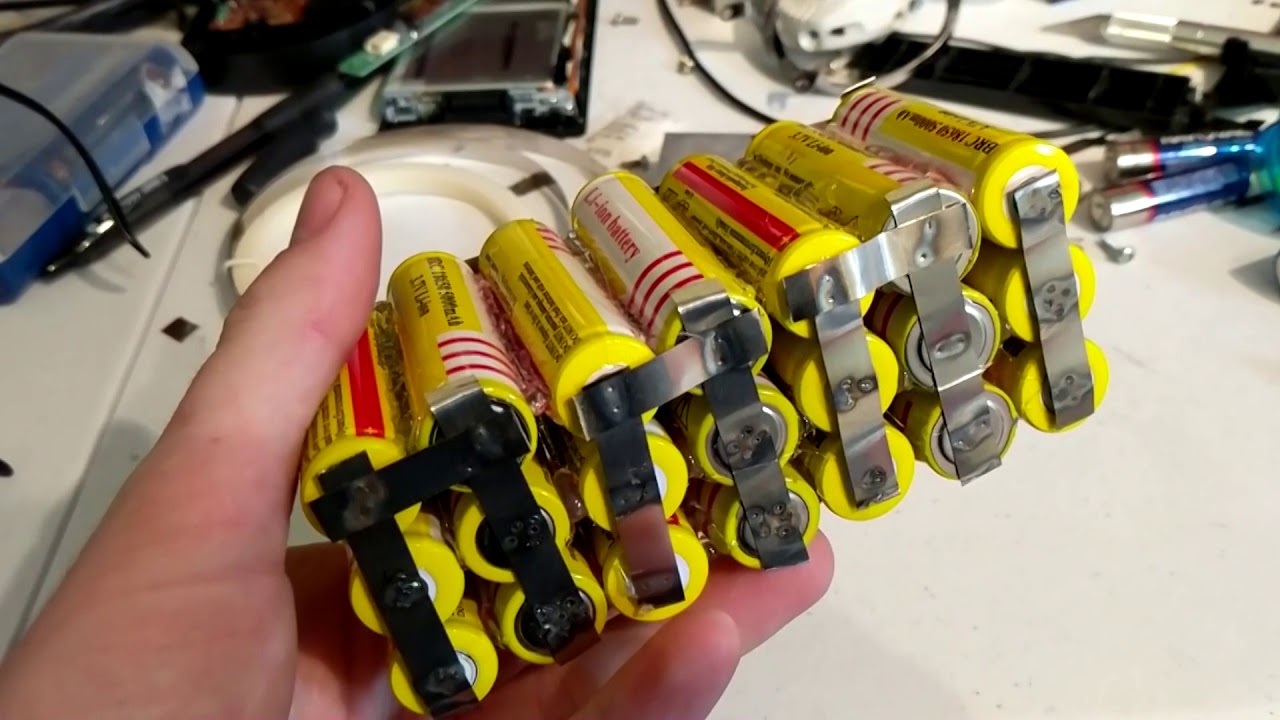What Is the Difference Between Protected and Unprotected 18650 Batteries?
Ever wondered what is the difference between protected and unprotected 18650 batteries? You’re not alone. In fact, this is one of the most common questions I get from people diving into the world of rechargeable batteries.
Here’s the deal:
The main difference is that protected 18650 batteries have a built-in safety circuit (PCB) that prevents overcharging, over-discharging, and short circuits. Unprotected batteries lack this circuit, making them riskier but offering slightly better performance.
And in this guide, as a professional 18650 battery pack manufacturer, I’m going to break down EVERYTHING you need to know about these two battery types.
Let’s dive right in.

Protected 18650 Batteries: Your Safety Net
Protected 18650 batteries are like having a bodyguard for your electronics.
These batteries come with a tiny electronic circuit board (PCB) built right into the battery casing. This isn’t just some random add-on – it’s a sophisticated protection system that monitors your battery 24/7.
Here’s what makes them special:
The Protection Circuit Breakdown
The protection circuit in these batteries typically includes three main components:
PTC (Positive Temperature Coefficient): This component acts like a thermal fuse. When things get too hot, it automatically cuts off the current flow. The best part? It resets itself once the battery cools down.
CID (Current Interrupt Device): Think of this as the nuclear option. If pressure builds up too high inside the cell (usually from overcharging), the CID permanently disables the battery. It’s a one-way ticket, but it prevents catastrophic failure.
PCB (Protection Circuit Board): This is the brain of the operation. It constantly monitors voltage, current, and sometimes temperature. When it detects something fishy, it shuts things down faster than you can say “lithium-ion.”
Real-World Benefits
I’ve tested hundreds of batteries over the years, and protected cells have saved my bacon more than once.
For example:
Last year, I accidentally left a flashlight on in my gear bag. With an unprotected battery, that could’ve meant a dead cell (or worse). But the protection circuit kicked in when the voltage dropped too low, preserving the battery for future use.
Protected batteries also shine when it comes to charging. The circuit prevents overcharging, which is a major cause of battery degradation and potential safety hazards.
The Size Trade-off
Here’s something most people don’t realize:
Protected 18650 batteries are actually bigger than their unprotected cousins. The protection circuit adds about 2-3mm in length and sometimes a bit of girth too.
This might not sound like much, but it can be a deal-breaker for devices with tight battery compartments. I’ve seen plenty of frustrated users who bought protected cells only to find they don’t fit in their devices.
Unprotected 18650 Batteries: Raw Power, Raw Risk
Now let’s talk about unprotected 18650 batteries.
These are the bare cells – no safety net, no training wheels. Just pure lithium-ion power in a metal cylinder.
Why Go Unprotected?
You might be thinking, “Why would anyone choose the riskier option?”
Great question. Here’s why unprotected batteries still have a massive following:
Higher Current Output: Without the protection circuit limiting current flow, unprotected cells can deliver more power. This is huge for high-drain devices like powerful flashlights, vape mods, and custom battery packs.
True 18650 Size: At exactly 18mm x 65mm, unprotected batteries fit in devices designed to tight tolerances. No squeezing, no modifications needed.
Lower Cost: Strip away the protection circuit, and you strip away cost. Unprotected cells typically run 20-30% cheaper than their protected counterparts.
Better for Battery Packs: When building multi-cell battery packs with external Battery Management Systems (BMS), unprotected cells are actually preferred. The external BMS handles all the protection duties more efficiently than individual cell circuits.
The Safety Considerations
Let me be crystal clear:
Unprotected batteries demand respect. Without built-in safeguards, the responsibility falls entirely on you (and your device).
Here’s what can go wrong:
Over-discharge: Drain an unprotected cell below 2.5V, and you might permanently damage it. Some cells can even become dangerous to recharge after deep discharge.
Overcharging: Push too much juice into an unprotected cell, and you’re looking at overheating, venting, or in extreme cases, thermal runaway.
Short Circuits: Accidentally short an unprotected battery, and you’ll get a surge of current that can generate serious heat – fast.
Difference Between Protected and Unprotected 18650 Batteries
Let’s break down the key differences in a way that actually makes sense:
Performance Metrics
In my testing, here’s what I’ve consistently found:
Protected batteries typically max out at 5-10A continuous discharge, limited by their protection circuits. Unprotected cells? They can push 20A, 30A, or even higher depending on the specific model.
This matters big time for high-performance applications. If you’re running a 100W flashlight or a powerful vape mod, those protection circuits might throttle your performance.
Runtime Differences
Here’s something interesting:
Unprotected batteries often deliver slightly longer runtime. Why? The protection circuit itself consumes a tiny amount of power. We’re talking microamps, but over long storage periods, it adds up.
Plus, protection circuits often cut off discharge at around 2.7-3.0V to protect the cell. Unprotected batteries can be safely discharged to 2.5V (if you’re monitoring them), squeezing out a bit more juice.
Cost Analysis
Let’s talk money.
A quality protected 18650 typically runs $8-15. The same cell without protection? $5-10.
But here’s the thing:
If you factor in the potential cost of damaged devices (or worse, property damage from a battery incident), those few extra dollars for protection start looking like cheap insurance.
Protected vs Unprotected 18650 Batteries: Detailed Comparison
| Feature | Protected 18650 | Unprotected 18650 |
|---|---|---|
| Safety Circuit | Yes (PCB/BMS) | None |
| Overcharge Protection | 4.2V cut-off | Relies on charger/device |
| Size | 18×68–70mm | True 18×65mm |
| Ideal Users | Beginners, low-protection gear | Experts, regulated devices |
| Max Continuous Discharge | Often capped (5A–10A) | Higher (15A–30A+) |
| Price | $$$ | $$ |
| Lifespan | Longer (prevents abuse) | Shorter if mishandled |
Choosing the Right Battery for Your Needs
So which type should you choose?
It depends on your specific situation. Let me break it down:
Go Protected If:
You’re New to 18650s: When you’re still learning the ropes, protection circuits provide a crucial safety buffer. They’ll forgive mistakes that could be costly (or dangerous) with unprotected cells.
Your Device Lacks Protection: Some devices, especially budget options, don’t include their own battery protection. In these cases, protected cells are essentially mandatory.
Safety is Your Top Priority: If you’ve got kids around, or you’re just risk-averse, the extra safety of protected cells is worth the trade-offs.
You’re Using Single-Cell Devices: Flashlights, portable fans, and similar single-cell devices often work great with protected batteries.
Choose Unprotected When:
Your Device Has Built-in Protection: High-end flashlights, regulated vape mods, and quality electronics often include sophisticated protection circuits. Adding battery-level protection is redundant.
You Need Maximum Performance: For high-drain applications pushing 10A or more, unprotected cells are often your only option.
You’re Building Battery Packs: Multi-cell configurations work better with unprotected cells managed by a single BMS.
You’re an Experienced User: If you understand battery safety, own a good charger, and regularly monitor your cells, unprotected batteries can be used safely.
Safety Best Practices for Both Types
Regardless of which type you choose, follow these guidelines:
Storage and Handling
Store your batteries in cases – always. I can’t stress this enough. A loose battery in your pocket with keys or coins is a short circuit waiting to happen.
Keep them at room temperature when possible. Extreme heat or cold degrades batteries faster and can impact safety.
For long-term storage, charge cells to about 3.7V (roughly 40% capacity). This minimizes degradation while keeping the battery ready for use.
Charging Guidelines
Invest in a quality charger. Seriously, don’t cheap out here. A good charger with multiple safety features costs $20-40 and can last for years.
Monitor charging when possible, especially with unprotected cells. Modern chargers are reliable, but batteries can fail unexpectedly.
Never charge batteries unattended overnight or when you’re away from home. It only takes one incident to cause serious damage.
Regular Inspection
Check your batteries regularly for:
- Physical damage (dents, tears in the wrapper)
- Unusual heat during use or charging
- Significant capacity loss
- Any signs of leaking or corrosion
If you spot any of these issues, retire the battery immediately. It’s not worth the risk.
Advanced Considerations
For those ready to go deeper, here are some pro-level insights:
Matching Batteries in Multi-Cell Applications
When using multiple batteries together (in series or parallel), matching is crucial. Use batteries of the same:
- Brand and model
- Capacity
- Age and cycle count
- State of charge
Mismatched batteries can lead to imbalanced charging/discharging, potentially damaging cells or creating safety hazards.
Understanding Specifications
Don’t just look at capacity (mAh). Pay attention to:
CDR (Continuous Discharge Rating): This tells you how much current the battery can safely provide continuously. Exceed this, and you’re asking for trouble.
Internal Resistance: Lower is better. High internal resistance means more heat generation and voltage sag under load.
Chemistry Type: ICR, INR, NCR – different chemistries have different safety profiles and performance characteristics.
The Future of 18650 Battery Technology
The industry is constantly evolving. We’re seeing:
Improved Protection Circuits: Newer PCBs are smaller, smarter, and more reliable. Some even include Bluetooth for monitoring via smartphone apps.
Safer Chemistries: Battery manufacturers are developing inherently safer chemistries that reduce the need for protection circuits.
Higher Capacities: Modern 18650s push 3500mAh+, compared to 2200mAh cells from just a few years ago.
Making Your Decision
At the end of the day, choosing between protected and unprotected 18650 batteries comes down to your specific needs and experience level.
For most users, especially beginners, protected batteries offer the best balance of safety and performance. They might cost a bit more and be slightly larger, but the peace of mind is worth it.
Experienced users with high-performance needs and proper safety equipment can confidently use unprotected cells. Just remember: with great power comes great responsibility.
The key is understanding the differences and making an informed choice based on your specific application.
The Bottom Line
What is the difference between protected and unprotected 18650 batteries? Protected batteries include safety circuits that prevent dangerous conditions, while unprotected batteries offer raw performance but require careful handling and external safety measures. Choose protected for safety and simplicity, or unprotected for maximum performance and flexibility – but always prioritize safety regardless of your choice.





